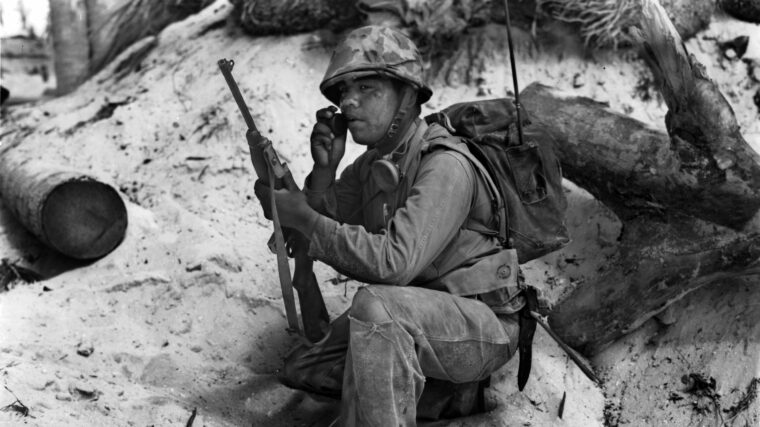
Talking Code with the Navajo
By Peter SuciuThere is an old saying that the pen is mightier is the sword, but try telling that to anyone under fire and they will likely disagree. Read more

There is an old saying that the pen is mightier is the sword, but try telling that to anyone under fire and they will likely disagree. Read more
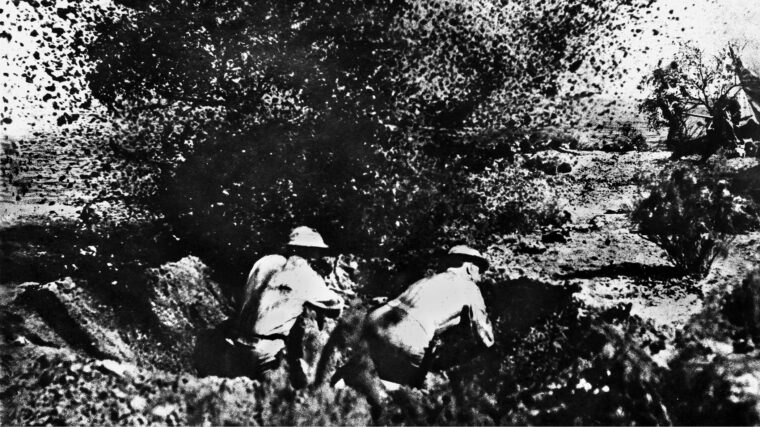
Glen Binge brought his helmet home at the end of World War II. The helmet bears the names and addresses of more than 50 of his comrades. Read more
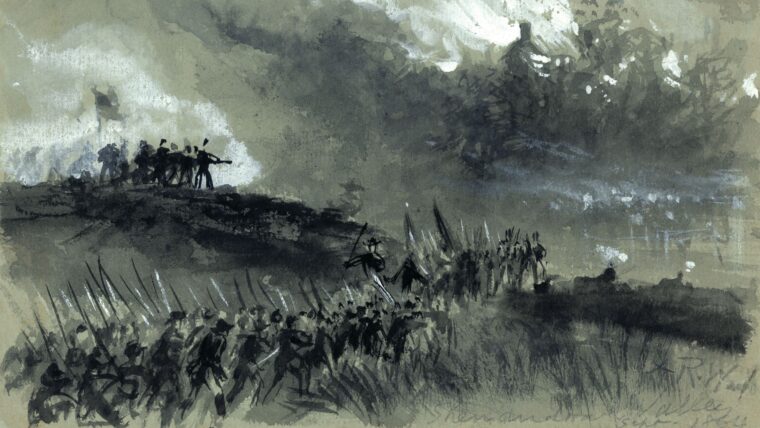
In the fourth summer of the Civil War, things were not going well for the Union. After more than three years of bloody conflict the Confederacy, although on the defensive and having lost significant territory, was still defiant and dangerous, while the war-weary North wondered if victory was truly attainable. Read more
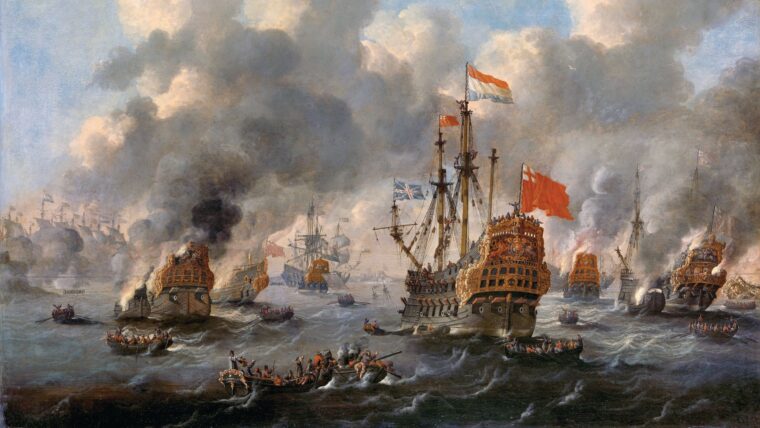
The wind was from the southwest early on the morning of June 13, 1665, as the Dutch and British fleets deployed just off southeastern coast of England, 40 miles east of the town of Lowestoft in Suffolk. Read more
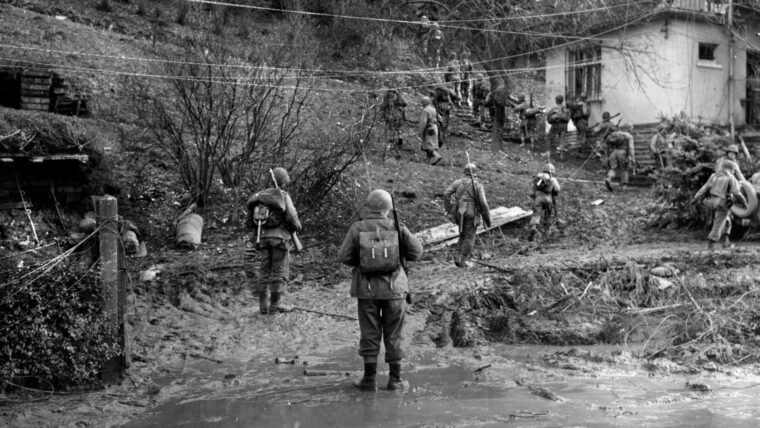
The 1944 invasion of France, the breakout from the beaches, the surprise German counterattack in the Ardennes, and the final reckoning with the Third Reich have all been exhaustively chronicled. Read more
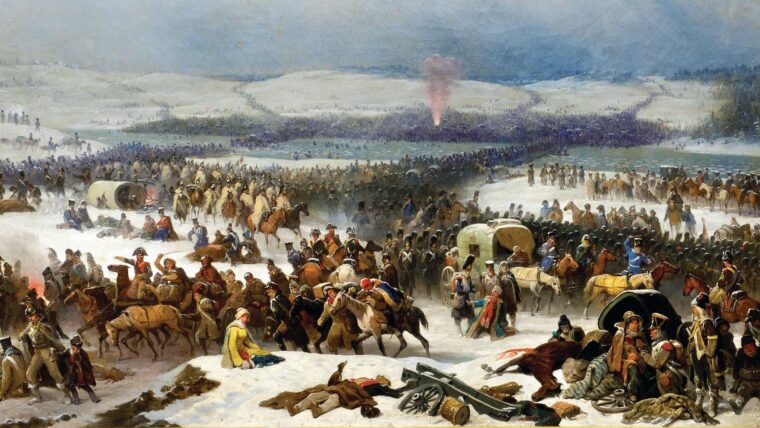
The shattered remains of Napoleon’s once brilliant Grande Armée entered Smolensk on November 9, 1812. Taking stock of the situation, the emperor realized that he and his army couldn’t possibly winter in the charred remains of the city. Read more
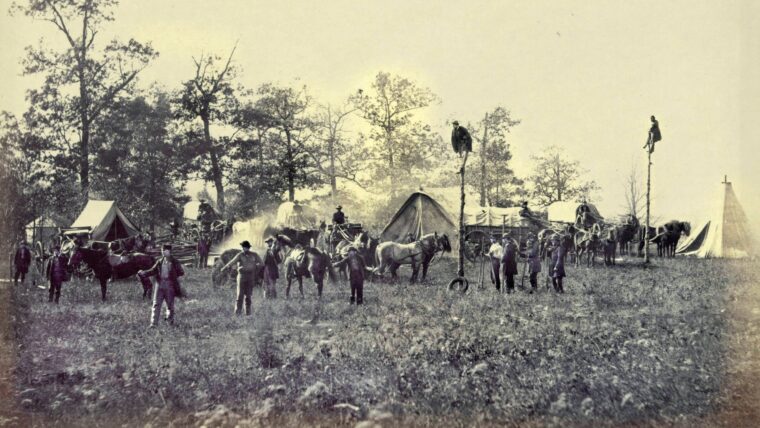
Early in the American Civil War, during the first months of 1862, Union General Henry Halleck, commanding from his headquarters in St. Read more
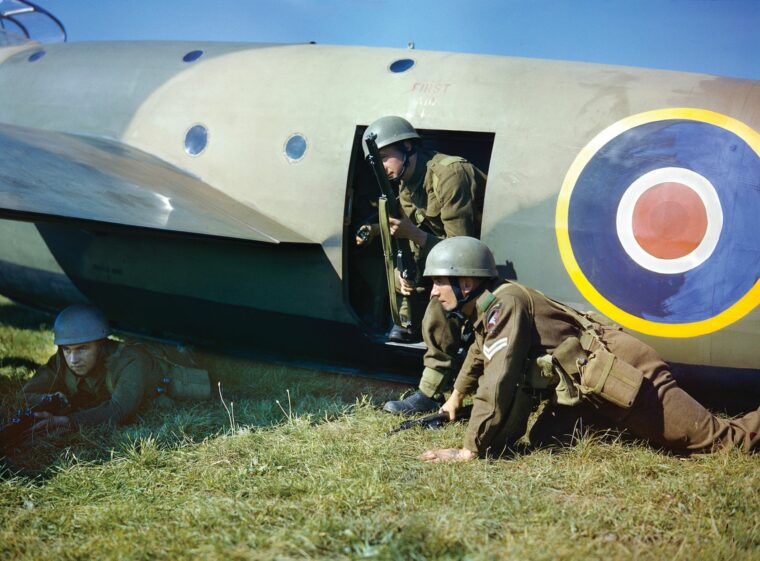
They shall not grow old as we that are left grow old;
Age shall not weary them nor the years condemn. Read more
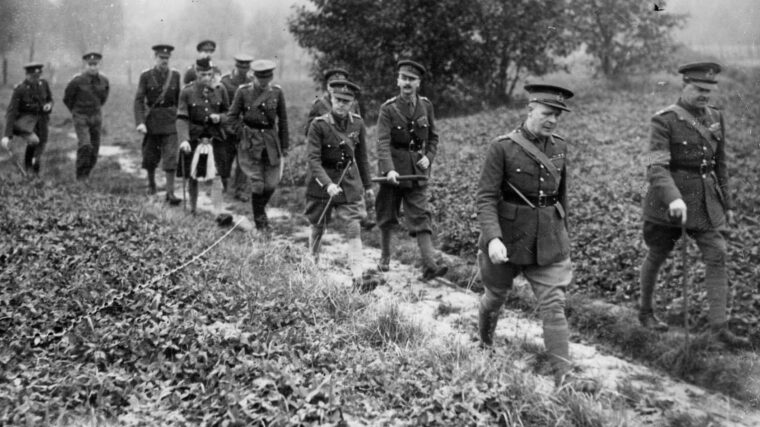
It was around noon, June 19, 1940, when a small caravan of cars set out from Antibes in southern France en route to the Spanish border. Read more
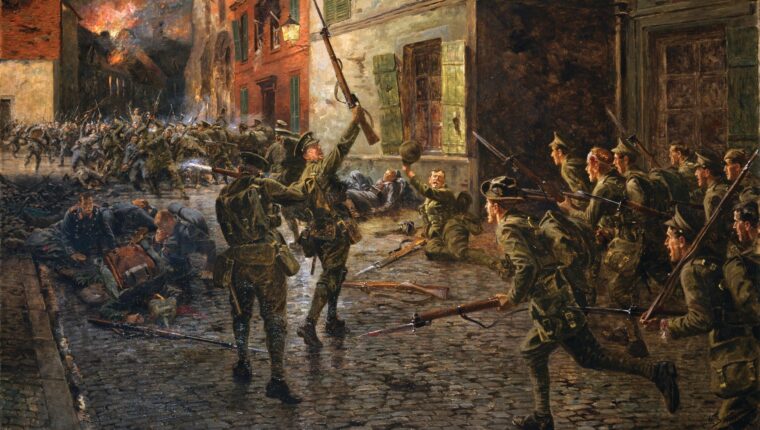
Southwestern Belgium echoed with the ceaseless tramp of heavy boots on cobbled roads as long brown lines of khaki-clad men marched into Mons and its suburbs. Read more
The 33rd Regiment was originally raised in 1702, and gained a reputation for professionalism and military capability, thought by some observers to be unequaled in the British Army. Read more
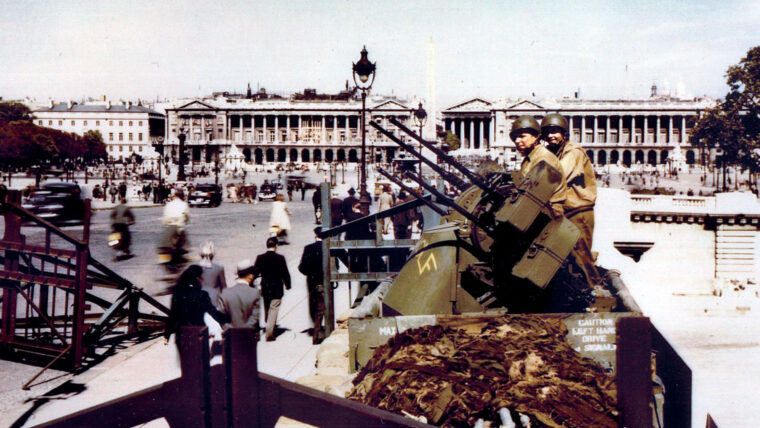
Almost every soldier on western European battlefront wanted to get to Paris. Once it was liberated on August 25, 1944, it became a mecca for Allied soldiers on leave who filled the streets, bars, and historic buildings, enjoying a brief respite from the war. Read more
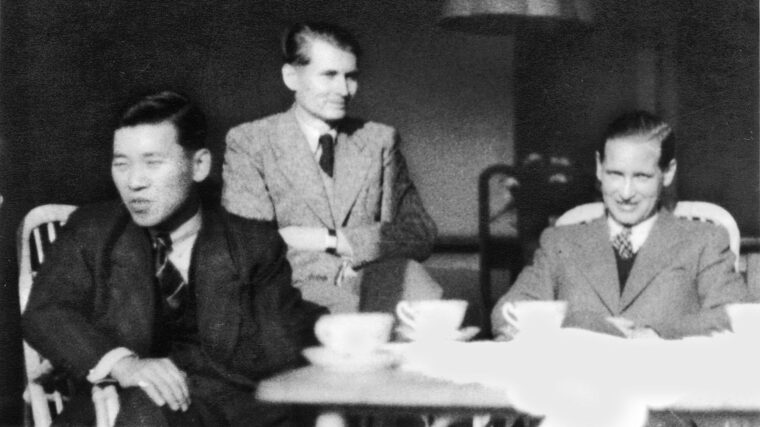
I am riding a borrowed bike along the Rhine, passing the Schaum-Hof, where last night I dined on a deck overlooking the river with a stately Dutch lady friend of a friend. Read more
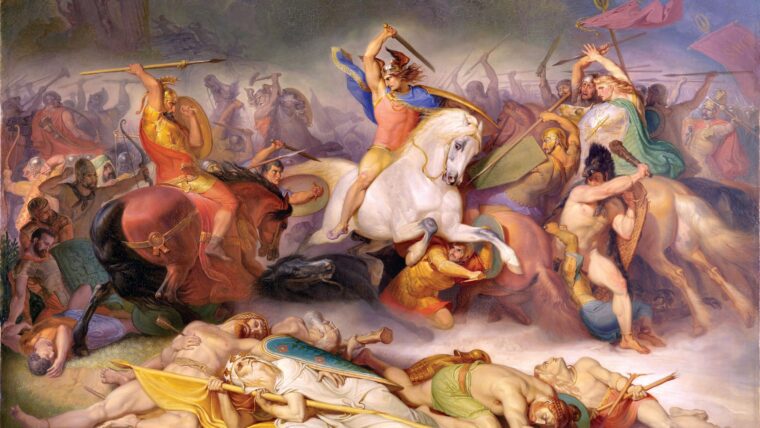
One of the most devastating events to shake the early Roman Empire was the defeat of Legate Publius Quinctilius Varus and his army at the hands of Arminius in the Battle of Teutoburgerwald in 9 ad. Read more
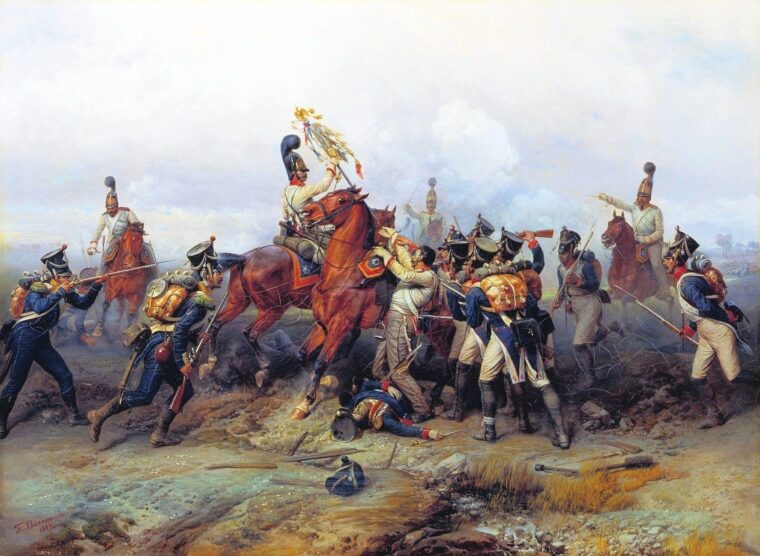
Forged in War: A Military History of Russia from its Beginnings to Today (Mark Galeotti, Osprey Publishing, Oxford UK, 2024, 368 pp., Read more
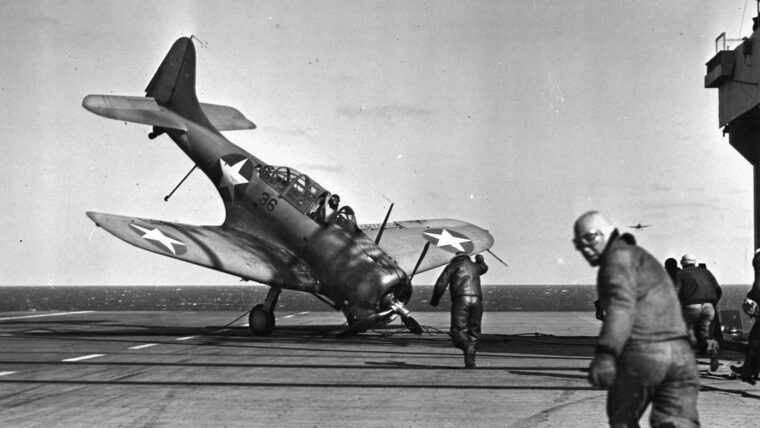
To naval aviators, any landing they could walk away from was a good landing. The escort aircraft carrier USS Charger trained men in good landings, but bad landings were also part of the education. Read more
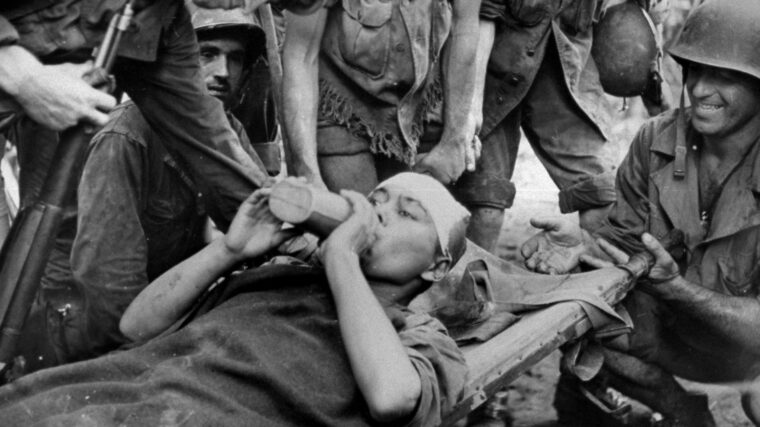
The first recorded encounter between American forces and Koreans in the Central Pacific during World War II came at Tarawa Atoll in November 1943. Read more
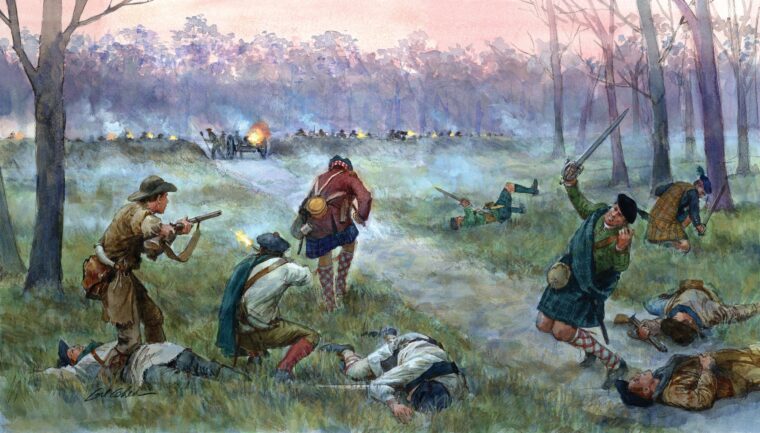
On February 27, 1776, near the west bank of Moore’s Creek, 30 miles above Wilmington in the colony of North Carolina, Lt. Read more
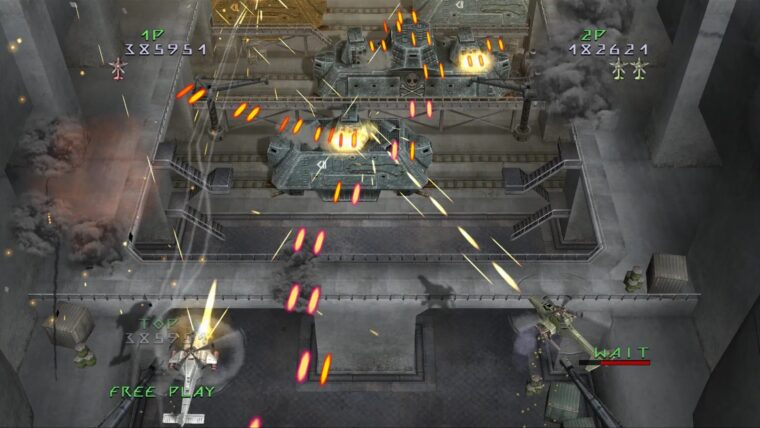
Arcade shoot ‘em ups were a dime a dozen back in the day, but developer G.rev did things a little differently. Read more
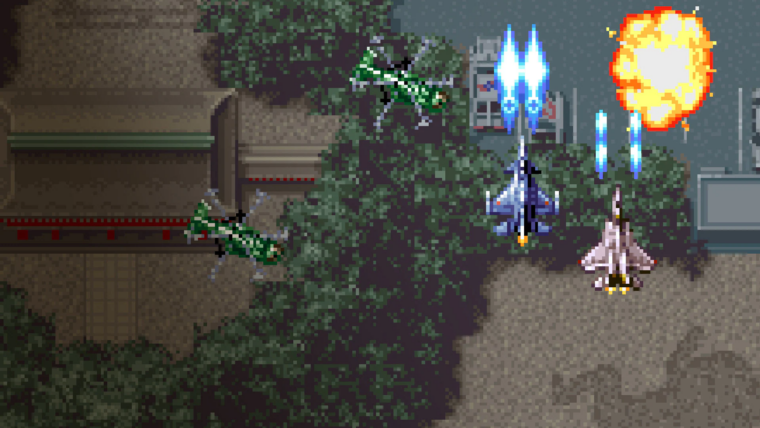
Known in Japan as Sonic Wings, the Aero Fighters series first kicked off way back in 1992. The original entry started out as an arcade game before making its way to the Super Nintendo Entertainment System, and now SUCCESS Corporation has its eyes set on a revival. Read more